Can dogs eat white chocolate? While it might seem harmless, it can result in negative consequences. The short answer: It’s not as dangerous as dark chocolate, but that doesn’t mean it’s safe!
While white chocolate contains lesser amounts of theobromine—a toxic compound for dogs in chocolate—it still has butter, sugar, and milk, which can. also cause serious health risks for dogs.
So, what happens if a dog eats white chocolate? Could a few bites lead to white chocolate poisoning? Keep reading to discover how this sweet treat affects a dog’s system, the symptoms to watch for, and what to do if your pup gets into your stash!
Understanding Chocolate and Its Effects on Dogs

Chocolate might be a tasty treat for humans, but for dogs, it’s a whole different story. Chocolate contains cocoa butter plus theobromine, a compound that a dog’s system struggles to break down. The darker the chocolate, the more dangerous it becomes.
While white chocolate contains less theobromine, it still contains butter, sugar, and milk, which can cause an upset stomach or worse. Pet owners should always keep chocolate far away from curious pups—it’s just not worth the risk!
The Toxicity of Chocolate for Dogs
Dogs and chocolate don’t mix, but why? The problem is chocolate toxicity, caused by theobromine, a stimulant that can affect a dog’s system in dangerous ways if too much is eaten and could even be fatal. Dark chocolate can be especially hazardous, as both milk and dark chocolate contain enough theobromine to cause serious health risks.
Even though theobromine toxicity is unlikely with white chocolate, the high sugar in white chocolate can lead to stomach issues. No matter the type, it’s best to keep all chocolate out of paw’s reach!
Why Some Types of Chocolate Are More Dangerous
Not all chocolate is created equal—especially for dogs. Cocoa is present in milk chocolate, dark chocolate, and white chocolate, but each type has different levels of theobromine. Dark chocolate can be the most toxic, with enough theobromine to be deadly. Milk chocolate is less potent but still unsafe.
White chocolate contains lesser amounts of theobromine, but that certainly doesn’t mean it’s harmless. Pet owners ask about chocolate safety, but at the end of the day, it’s best to keep all chocolate away from dogs. Any chocolate can cause an upset stomach and even worse complications for dogs!
Can Dogs Consume White Chocolate Safely?
The short answer is no. Dogs should never eat white chocolate because, while it’s less toxic than dark chocolate, it still contains theobromine and is not safe. In addition, the mix of cocoa, butter, sugar, and milk in white chocolate can be tough on a dog’s system, causing digestive issues or more serious problems.
Even though theobromine toxicity is less likely with white chocolate, too much can cause discomfort. Pet owners should avoid this risk and stick to dog-friendly treats instead!
The Low Theobromine Content in White Chocolate
White chocolate contains significantly less theobromine than milk or dark chocolate—but that doesn’t make it safe for dogs. Theobromine is the main toxin in chocolate that dogs can't process well. To compare:
- White chocolate has around 0.1 mg of theobromine per gram
- Milk chocolate has about 1.5–2 mg per gram
- Dark chocolate can range from 5–16 mg per gram or more
While theobromine levels in white chocolate are extremely low, the high sugar and fat content can still lead to stomach troubles like queasiness or even pancreatitis. So, even though white chocolate is the “least dangerous” of the bunch, it’s still not worth the risk—skip the sweets and stick to dog-safe treats instead.
How White Chocolate Affects Dogs Differently Than Dark Chocolate

White chocolate affects dogs differently than dark chocolate because it has much lower levels of theobromine. Dark chocolate, on the other hand, is packed with theobromine and poses a serious threat even in small amounts.
While dark chocolate can quickly lead to symptoms like muscle tremors, agitation, or increased heart rate, white chocolate is more likely to cause digestive upset due to its high fat and sugar content. It’s less toxic overall—but too much can still lead to queasiness, loose stools, or more serious issues like pancreatitis in sensitive dogs.
Symptoms of Chocolate Poisoning in Dogs
If a dog ingests a large amount of chocolate, the effects can be serious. Chocolate poisoning happens when too much theobromine builds up in a dog’s system, leading to discomfort or worse. Milk and dark chocolate are the biggest dangers, but even white chocolate poisoning is possible, with smaller dogs being more at risk.
Watch for these tell-tail signs:
- Restlessness or nervous energy
- Vomiting or queasiness
- Fast heartbeat
- Tremors or muscle twitching
- Increased thirst and urination
- Weakness or collapse
If you spot these signs, contact a veterinarian and pet poison helpline immediately!
Related Post: How Long Does it Take for Chocolate to Affect a Dog?
What to Do If Your Dog Eats White Chocolate
So your dog just snagged a bite of white chocolate—what now? While theobromine toxicity is unlikely, that doesn’t mean it’s safe. Too much butter, sugar, and milk can upset your dog’s stomach and potentially lead to bigger health concerns. Keep in mind the smaller the dog, the higher the risk, and the more chocolate consumed, the more dangerous it could be. Acting fast can make all the difference!
The next sections will walk you through the correct course of treatment, from immediate steps to when you should call a veterinarian and pet poison helpline.
First Steps to Take After Ingestion
If your dog eats a small amount of white chocolate, theobromine most likely isn’t the biggest concern—sugar and fat content are. Here’s what to do first:
- Stay calm. Panic won’t help your pup!
- Assess how much chocolate was consumed. You can use a chocolate toxicity calculator to determine risk.
- Check for symptoms. Watch for queasiness, hyperactivity, or irregular heartbeat.
- Monitor your dog’s weight. Smaller dogs are more vulnerable.
- Contact immediately a vet or the pet poison helpline if needed.
If your pup only had a small taste, they might be fine—but if they ate a lot, quick action is key!
When to Seek Veterinary Help After Chocolate Consumption

Most cases of white chocolate poisoning cause mild discomfort, but sometimes, a vet visit is necessary. Seek help if your dog shows these serious clinical signs:
- Severe vomiting or diarrhea
- Tremors or muscle twitching
- Rapid heart rate
- Difficulty breathing
- Extreme lethargy or collapse
These symptoms mean the dog’s system is struggling to process the chocolate consumed. If your dog ingests a large amount, don’t wait—contact a veterinarian and pet poison helpline immediately!
What Might Ease Dog Stomach Discomfort or Agitation?
So your dog's system seems okay, but their demeanor still seems off; a dog who eats white chocolate containing cocoa might still feel awful. These remedies may help soothe their stomach and ease agitation:
Hydration
Encourage your pup to drink water! Staying hydrated can help flush out excess butter, sugar, and milk from their system. If they’re reluctant to drink, try offering ice cubes or adding a bit of low-sodium chicken broth to their water bowl.
Bland Diet
Stick to mild foods like plain boiled chicken and white rice. These are easy to digest and won’t cause an upset stomach like rich or fatty foods. Avoid any seasoning, butter, or oils—keep it simple to prevent further irritation.
Dog-Specific CBD
CBD may help ease agitation, relax muscles, and promote overall comfort. We offer several options designed specifically for dogs:
- CBD Dog Treats for Anxiety (Hard Chews). Infused with L-Theanine and Chamomile, these peanut butter and apple-flavored chews support relaxation, making them ideal for nervous behaviors or upset stomachs.
- CBD Calming Chews for Dogs (Soft Chews). These soft chews contain CBD, L-tryptophan, choline chloride, and phosphatidylcholine, which work together to help ease discomfort, calm hyperactivity, and promote digestive ease. The blend of peanut butter and sweet potato makes them both nutritious and delicious!
- CBD Oil for Dogs. A fast-acting option that can be added to food or given directly to support relaxation and reduce discomfort.
Dog-Specific Probiotics
Adding a pet-safe probiotic supplement can help balance gut bacteria and improve digestion. Our dog probiotics contain beneficial microorganisms that support a healthy stomach, potentially reduce bloating, and promote regular digestion.
Pumpkin or Ginger
Ginger is known for its anti-nausea and digestive benefits. It may help ease queasiness, reduce bloating, and soothe an irritated stomach. A spoonful of plain canned pumpkin can work wonders, adding fiber to your dog’s diet to support digestion and ease loose stools. Just make sure it’s pure pumpkin with no added sugars or spices!
Smaller, More Frequent Meals
Instead of feeding one big meal, offer small portions throughout the day to prevent further digestive distress. This approach allows the stomach to settle and prevents additional strain on digestion.
How to Keep Dogs Safe from Chocolate Exposure
Chocolate might be a tasty treat for humans, but it’s a big no for dogs. How much chocolate can dogs eat? None!
Even though white chocolate contains less theobromine than milk and dark chocolate, it can still cause an upset stomach and even other health issues. The best way to prevent a problem? Keep chocolate far out of reach!
Pet owners ask questions about safety, but the answer is simple—don’t take chances. Whether it’s white chocolate, dark chocolate, or milk chocolate, keeping sweets locked away is the best way to protect your pup.
Proper Storage and Preventative Measures
Keeping chocolate away from curious pups is key. Dogs never eat white chocolate if it’s stored properly! Use sealed containers and high cabinets to prevent sneaky snacking. Teach family members, especially kids, not to share sweets with pets.
If you love eating chocolate, make sure to dispose of wrappers properly—dogs have been known to dig through trash for a tasty snack! If a slip-up happens, having the pet poison helpline number handy is a smart move. Prevention is always the best strategy when it comes to chocolate poisoning.
Final Thoughts on Dogs Eating White Chocolate
So, can dogs eat white chocolate? Not safely! While theobromine toxicity is unlikely, too much butter, sugar, and milk can cause serious health risks. Whether your dog got into a small bite or a whole bar, keeping an eye out for clinical signs of discomfort is crucial. Smaller dogs are more at risk. The safest approach? Stick to dog-friendly treats!
At HolistaPet, we believe pups deserve the best. Instead of risky sweets, try our CBD dog treats for anxiety or CBD calming chews for dogs—both made to support relaxation and digestive comfort. If your dog’s tummy needs extra care, our dog probiotics are a great way to promote gut health. Your furry friend deserves treats that make them feel good, not ones that send them to the vet!



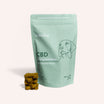

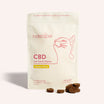
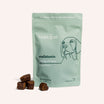
![Probiotics For Dogs [Soft Chews] - HolistaPet](http://www.holistapet.com/cdn/shop/files/Probiotic-Infographic-1_472d7a29-e30c-435a-9638-1365d8c3a9f9.jpg?v=1725384841&width=104)
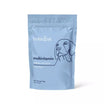
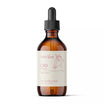
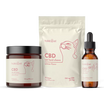
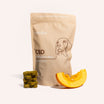
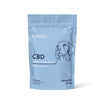


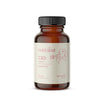
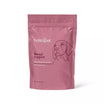
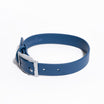
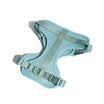
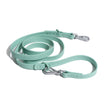
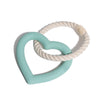
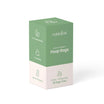
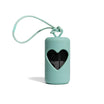



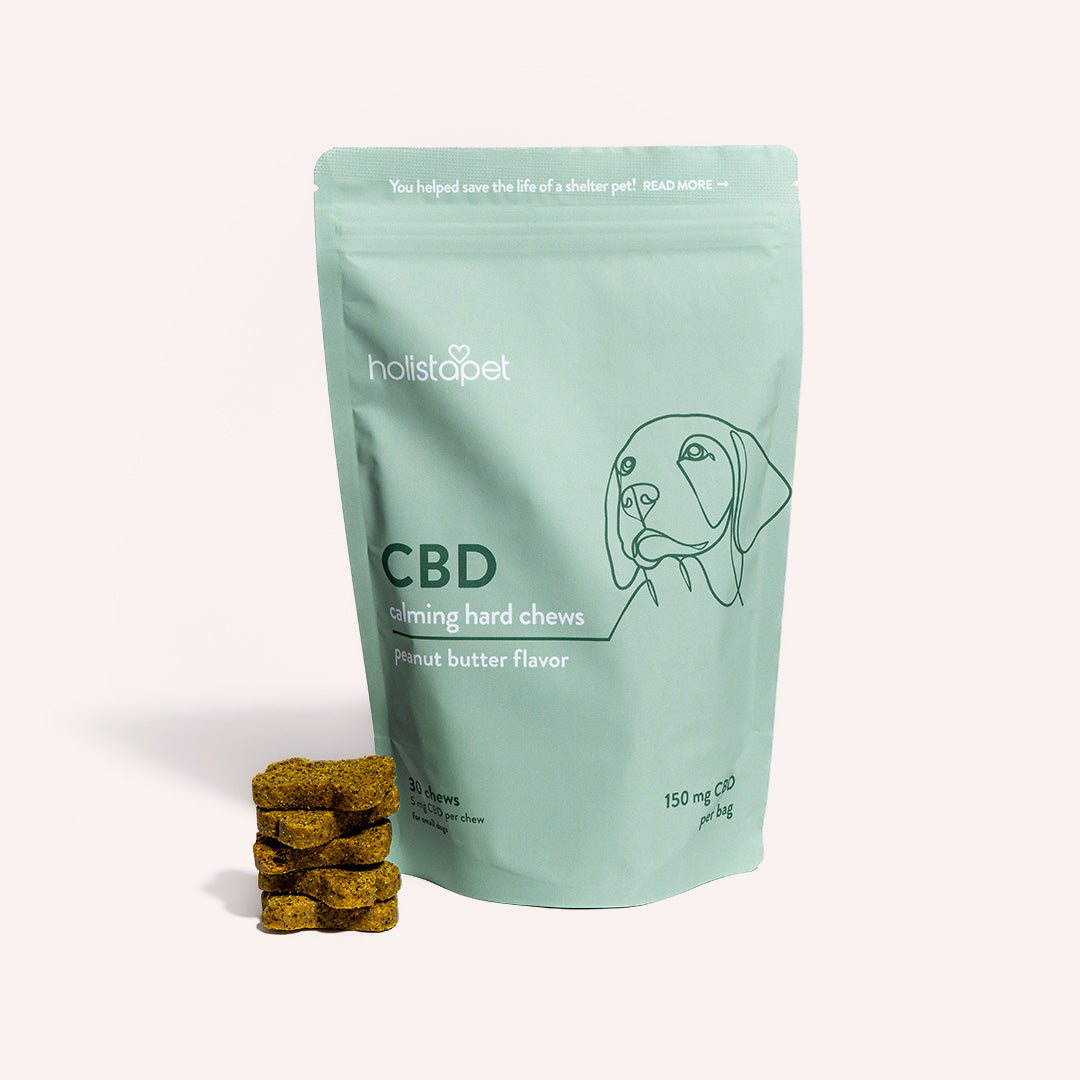

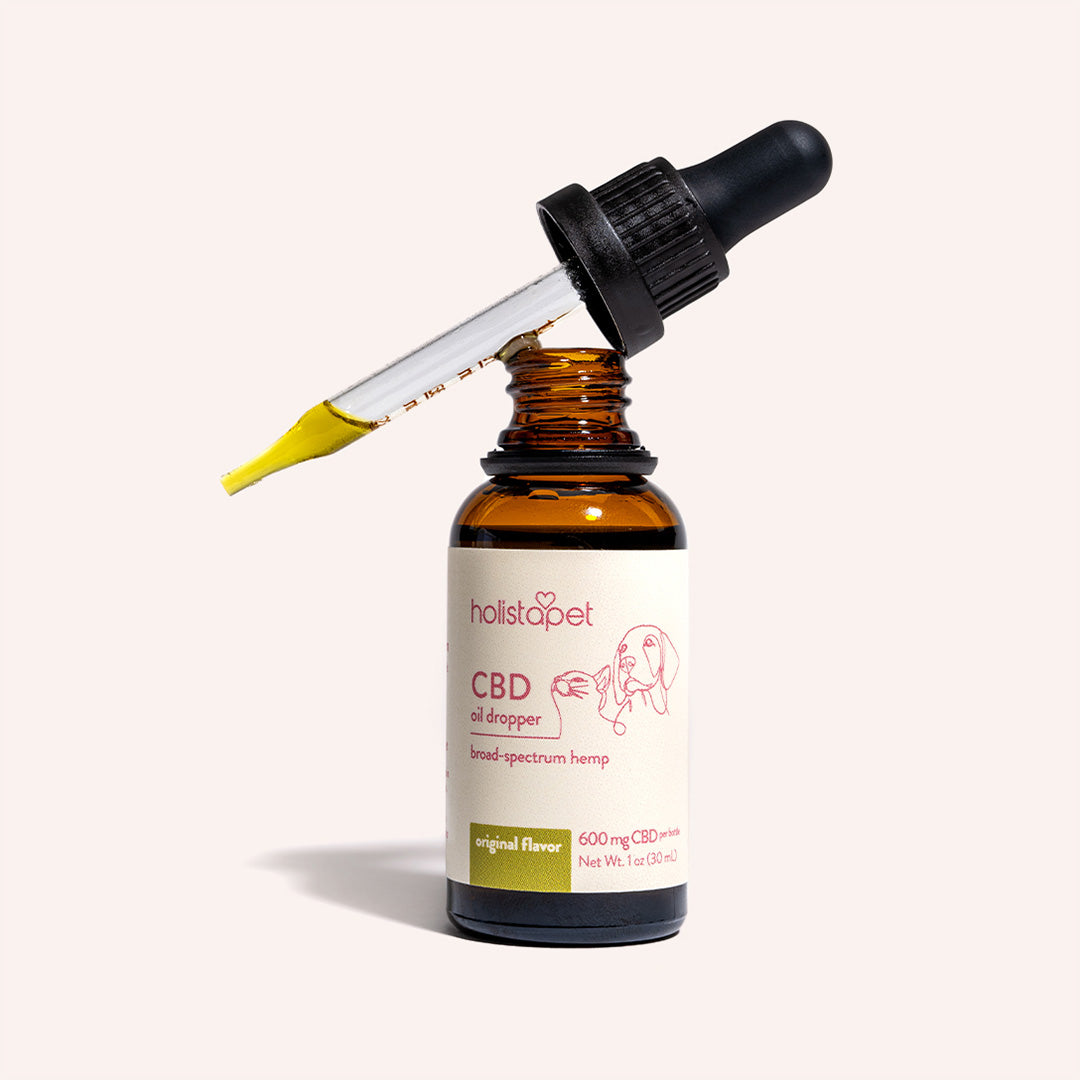
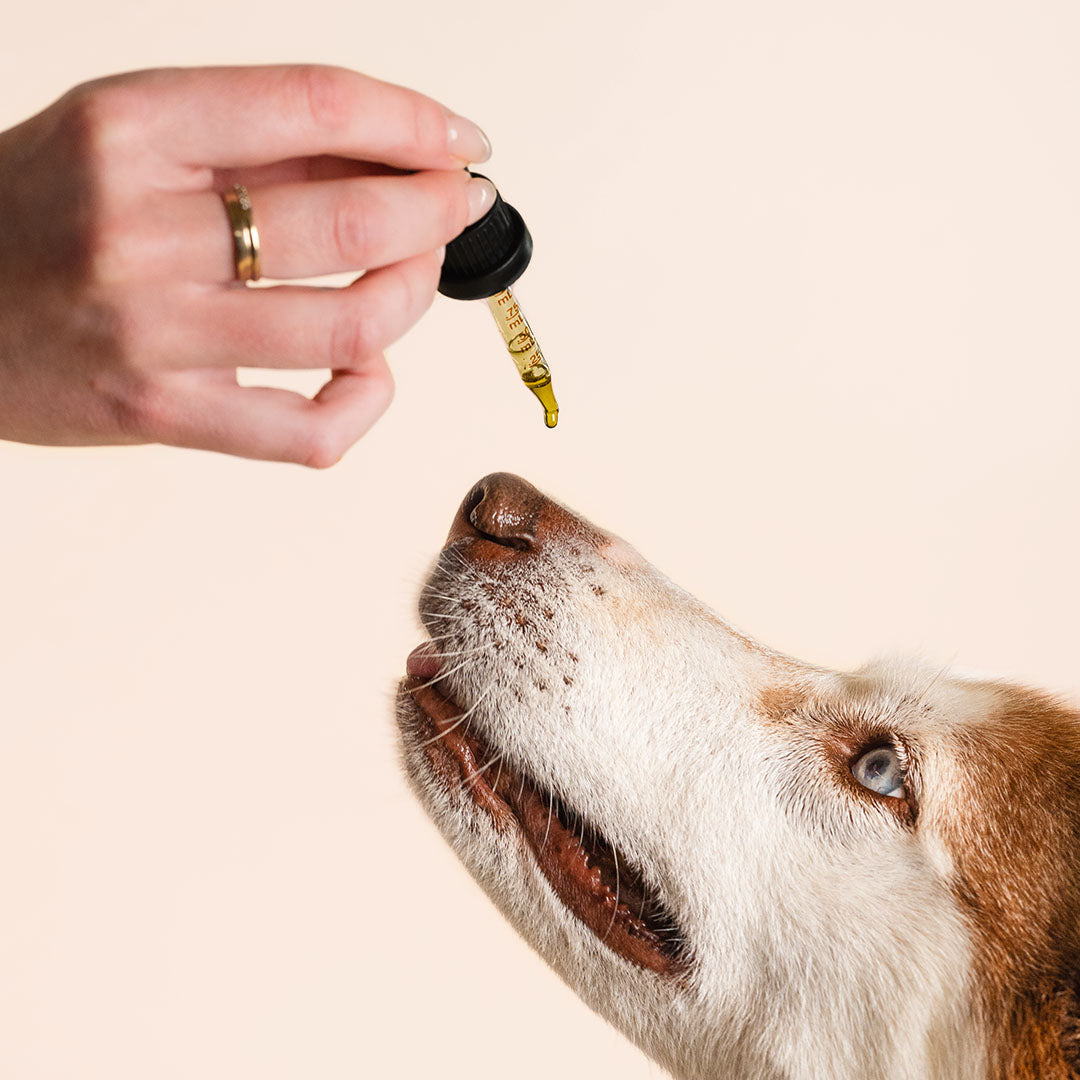

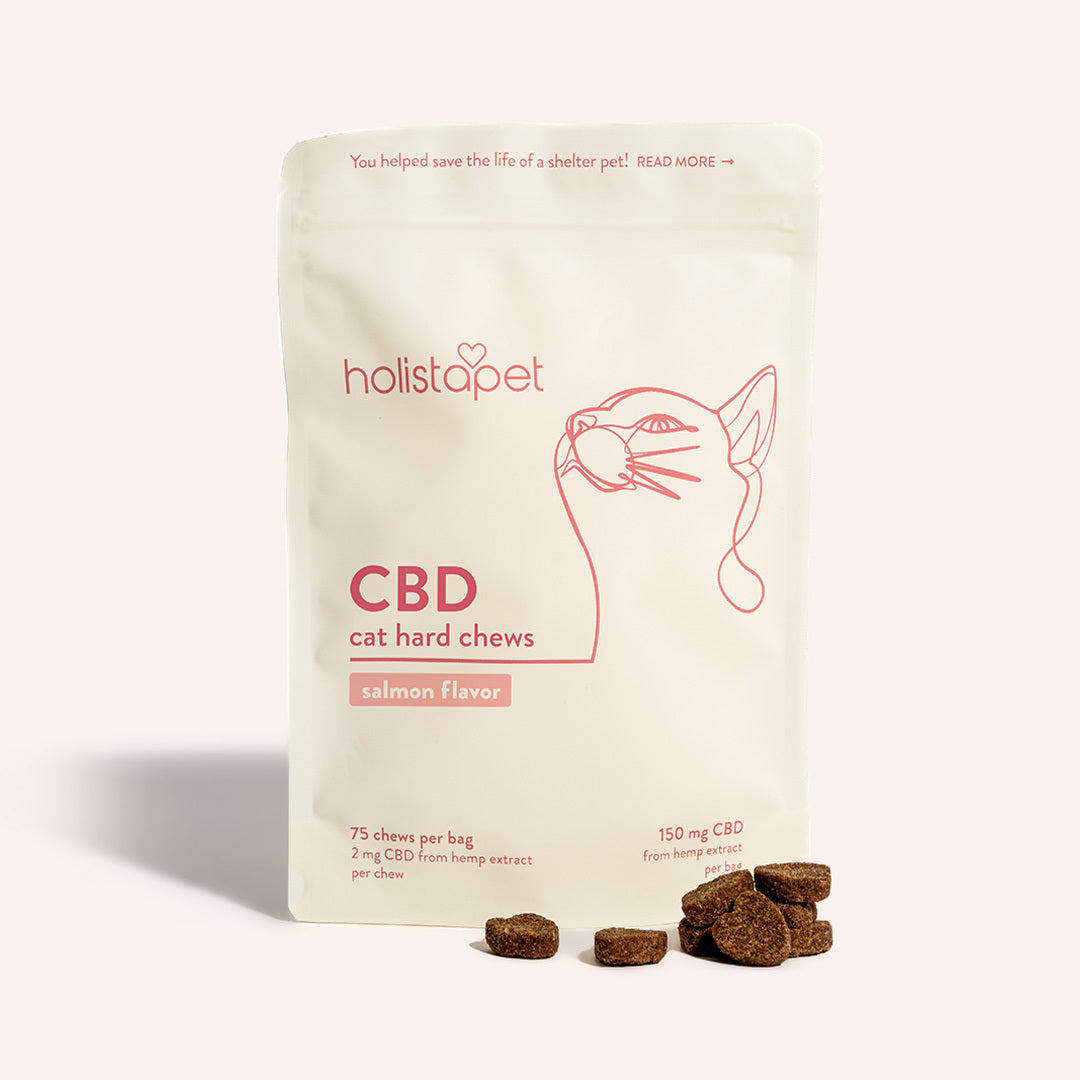
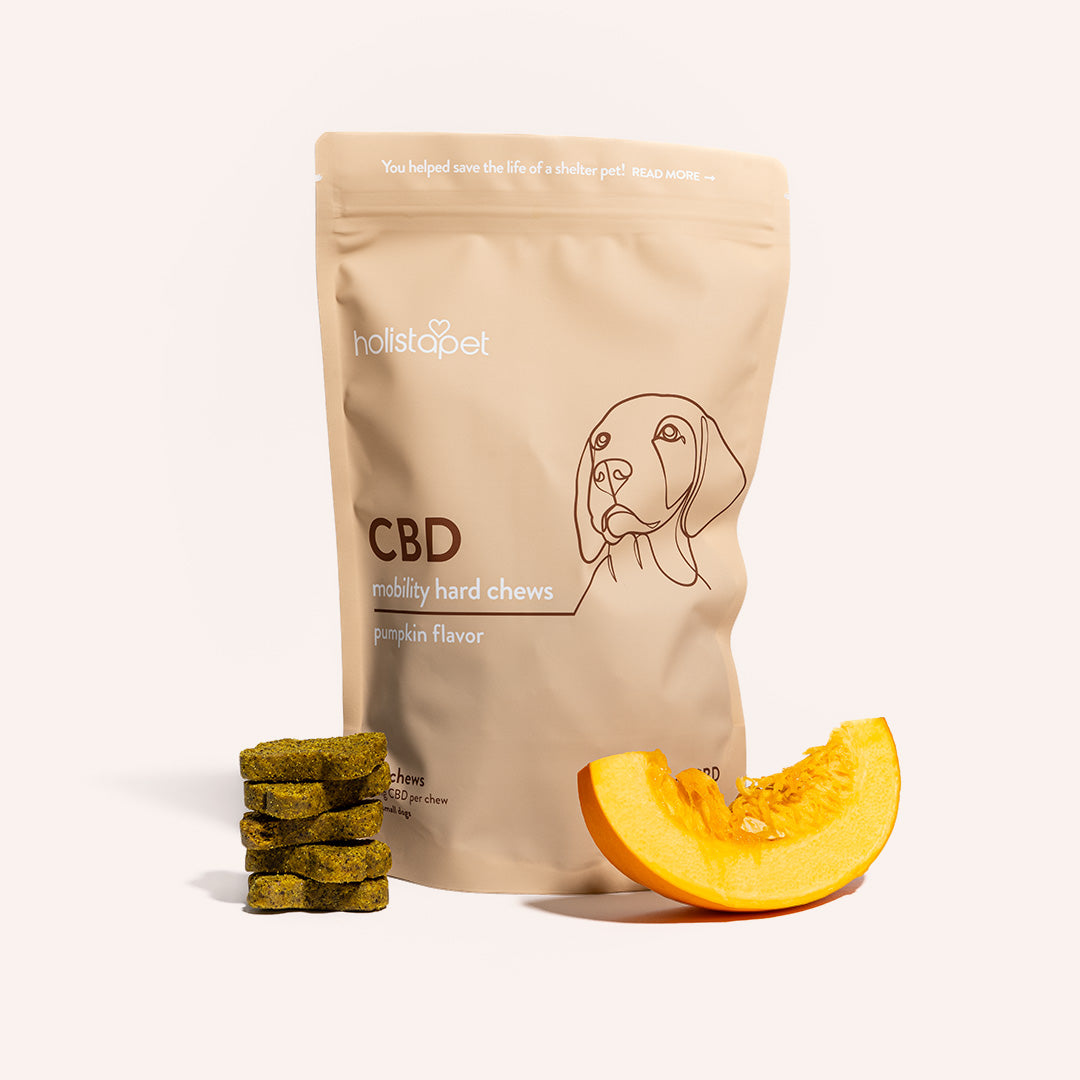


Leave a comment
All comments are moderated before being published.
This site is protected by hCaptcha and the hCaptcha Privacy Policy and Terms of Service apply.